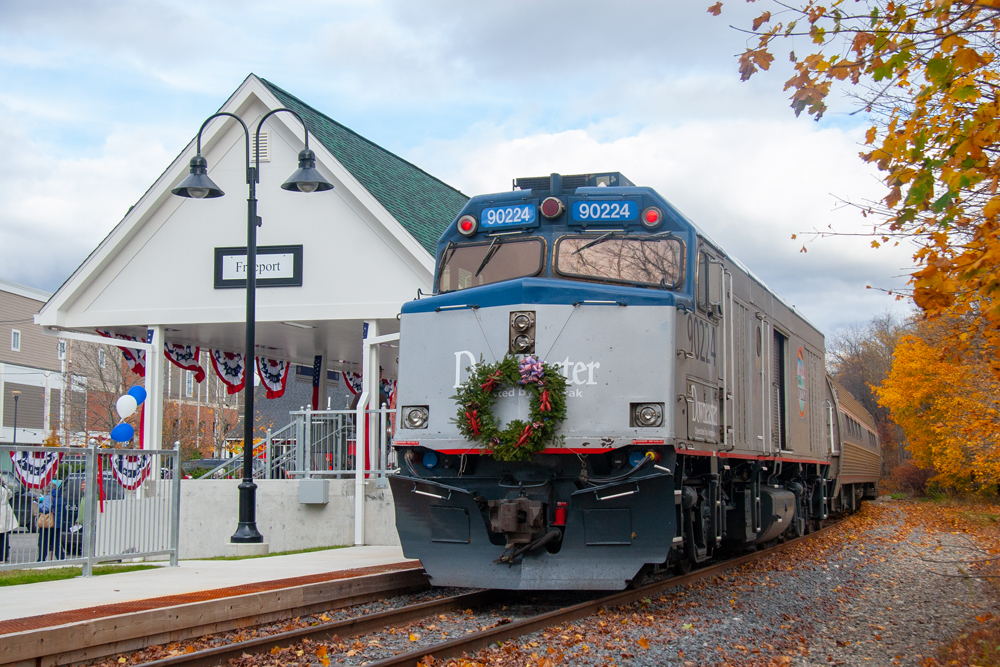
From January 2019 Trains
When the Southwest Chief rumbles across New Mexico’s Raton Pass, with sleeping-car passengers paying as much as $1,058 to ride in a roomette, what is the train’s revenue-versus-cost effect on Amtrak’s bottom line?
According to the “route level results” of the fiscal 2017 performance report, the Chicago-Los Angeles train generated $49.9 million in revenue but racked up $104 million of so-called “operating” expenses.
So, the train “lost” more than $54 million? Really?
The expense burden has become Amtrak’s justification for systemwide cost cutting. The company estimates those expenses at more than $1 billion for all long-distance trains, and $793.6 million for Northeast Corridor Acela Express and Regional trains running over multitrack, electrified infrastructure maintained to 125-to-160-mph standards.
The quest to stem the sources of red ink has been blessed by Amtrak’s board of directors and orchestrated by CEO Richard Anderson and Executive Vice President and Chief Commercial Officer Stephen Gardner. It has led to sharply reduced food service on the Lake Shore Limited, Capitol Limited, and Silver Star; curtailed excursions and carriage of private cars; eliminated revenue-growth initiatives, other than ticketing penalty fees and periodic internet-based fare sales; and threatened the Chief’s future. Company officials told Kansas, Colorado, and New Mexico stakeholders in August that maintaining the Chief route will require $254.7 million over the next 10 years — on top of those annual losses.
Throughout Amtrak, short- and long-term management bonus incentives are tied to slashing expenses. This fails to take into account potential revenue lost from such cuts, and reduces passenger options. And cost cutting through 2017 management buyouts eliminated field personnel and resulted in a loss of institutional knowledge — perhaps the biggest such loss in the company’s 47-year history — that has permanently diminished U.S. passenger-rail expertise.
As Trains was preparing this report, the Rail Passengers Association issued a white paper titled, “Amtrak’s Route Accounting: Fatally Flawed, Misleading, and Wrong.” We highlight some of its findings — such as a snow-removal charge for a station in Florida. We also present examples we uncovered that attempt to shine a light on a bookkeeping system that distorts a nationwide transportation mission, a mission thousands of current and former employees fought to maintain. But be warned: exactly how Amtrak attributes expenses continues to be shrouded in mystery.
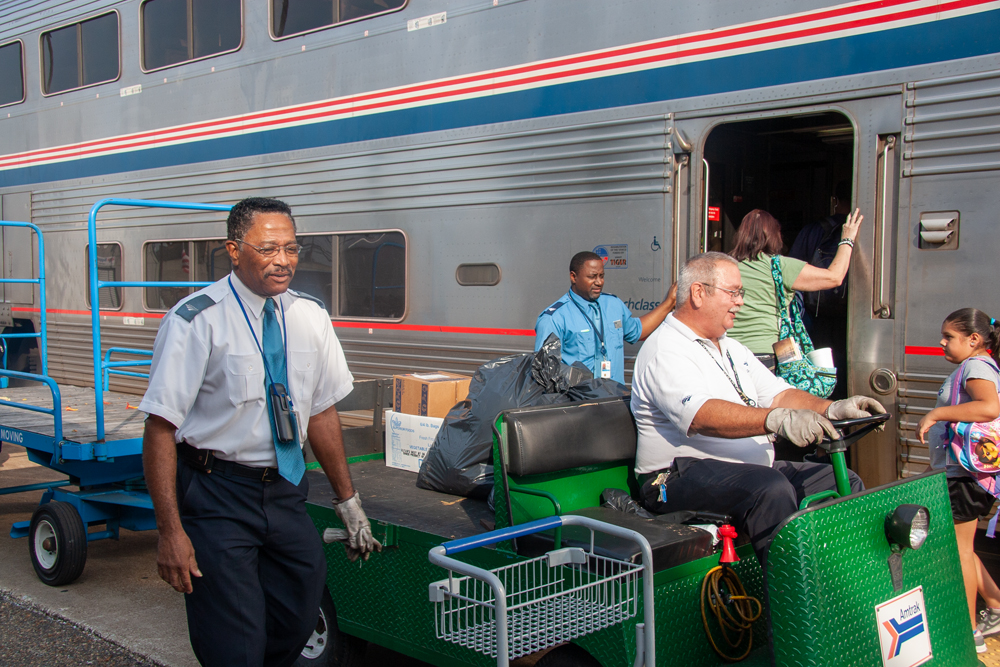
Amtrak Performance Tracking
Following a Chicago luncheon on May 25, 2017, former Amtrak President and CEO Wick Moorman told Trains that long-distance trains “break even on direct costs.” But when Amtrak allocates overhead using a formula developed by the Volpe National Transportation Systems Center, he said, “based on rational types of things like passenger-miles and train starts, [they] end up with about a $500 million loss.” State-supported trains, he added, lose about $90 million on a fully allocated cost basis.
Moorman was referring to the “Amtrak Performance Tracking” methodology. It was developed at the request of Congress in 2005 to definitively categorize the company’s expenses, according to how and where they are incurred. The Volpe Center, an arm of the U.S. Department of Transportation, was chosen to construct clear assignments of revenues and costs to replace Amtrak’s previous system. That system failed to provide “reliable cost accounting information essential to making prudent business decisions,” according to a 2013 U.S. DOT Inspector General’s report.
Assign or allocate?
Amtrak flirted with bankruptcy earlier in the 2000s. In part, this was because in striving to achieve a “glide path to self-sufficiency,” as then-President George Warrington promised, its reporting systems lost track of expenses and the money coming in to pay them. In theory, choosing an independent entity like Volpe to devise an accounting system would help management keep the company solvent. It would also make a concerted effort to assign costs to the revenue-producing entities that incurred them. What happened, however, is that Volpe enlisted Amtrak’s help. The multivolume blueprint of the system’s methodology uses the term “professional judgment” to describe how rules were jointly developed by Volpe and Amtrak financial analysts to distribute company overhead expense. (Trains obtained a copy, in part through a Freedom of Information Act request.)
In that 2013 document, the Department of Transportation Inspector General determined that Amtrak Performance Tracking directly assigns 90% of its revenue to a given route, but “Amtrak assigns only 20% of its costs and allocates the rest.” A 2016 report by the Government Accountability Office states, “Indirectly allocating a high percentage of costs, rather than directly assigning costs, increases the risk that revenues and expenses for a cost center or line of business will be misstated.”
States had already begun to protest some decisions. Section 209 of 2008’s Passenger Rail Investment and Improvement Act required operating authorities of short-distance trains to pick up a greater percentage of operating costs — as determined by Amtrak. [See “Passenger Train Game Changer,” October 2013.] That’s when David Kutrosky, managing director of California’s Capitol Corridor Joint Powers Authority, discovered Amtrak was using a formula to allocate the cost of diesel fuel for his trains’ locomotives rather than measuring it directly. In Maine, Northern New England Passenger Rail Authority Executive Director Patricia Quinn saw equipment charges double, and questioned line items for unrelated Chicago activities.
“We’re not getting credit for efficiencies,” she told Trains in a September 2014 interview, adding, “We’ve committed to paying the costs of operating our services. The question remains how much of that overhead are we going to take responsibility for when we have no input.” She had just spent two days in Washington, D.C., “with mediation trying to figure out how we are going to get to the point where the states are assuming an appropriate amount of cost.”
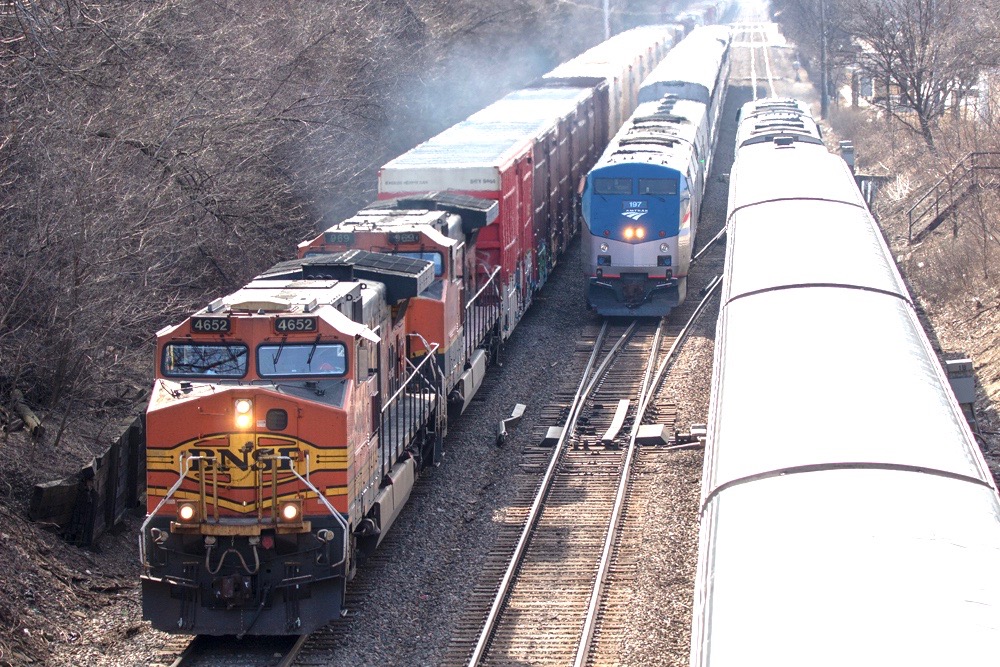
Behind the curtain
Rather than collecting specific data that would clearly show what costs would disappear if, say, the Southwest Chief were eliminated — “avoidable costs,” in the parlance of Congress’ 2005 directive — allocation protocols permit Amtrak to use measurements it already has or believes it can estimate. The resulting process has 60,000 allocation rules, with 1,600 “responsibility centers” grouped into nine similar “cost families” (for example, transportation operations), which are divided into 36 “subfamilies” (onboard service), and finally 44 “subcategories” (linen).
“Because Amtrak has many activities and types of expenses,” says Volpe’s latest methodology summary, from September 2017, “Amtrak Performance Tracking uses 45 different ‘allocation statistics.’” These include:
- Passenger-miles
- Boarding or deboarding for individual stations and by trip length
- Number of first-class passengers
- Frequency of train trips
- Estimated diesel power and electric traction “usage factors”
- Talk time at reservation centers
- Labor hours
- Ticket revenue
Identifying these metrics provides a roadmap of how otherwise amalgamated costs, including over $1 billion in general and administrative expenses, are to be assigned to each train or operation.
Volpe describes another rough estimation, “asset usage allocation,” as a “synthetic” substitute for interest and depreciation. It is calculated by type of asset, such as a Viewliner or locomotive, and the amount shows up as an expense charged against the route to which it is assigned. The expense is irrespective of costs incurred for overhauls and maintenance of fully depreciated rolling stock. The Volpe report claims this “provides a more representative measure of the resource cost of all capital equipment and property, regardless of how financed, currently used by Amtrak to produce various services and outputs.” Alas, it’s not a “real” expense, but an accounting device.
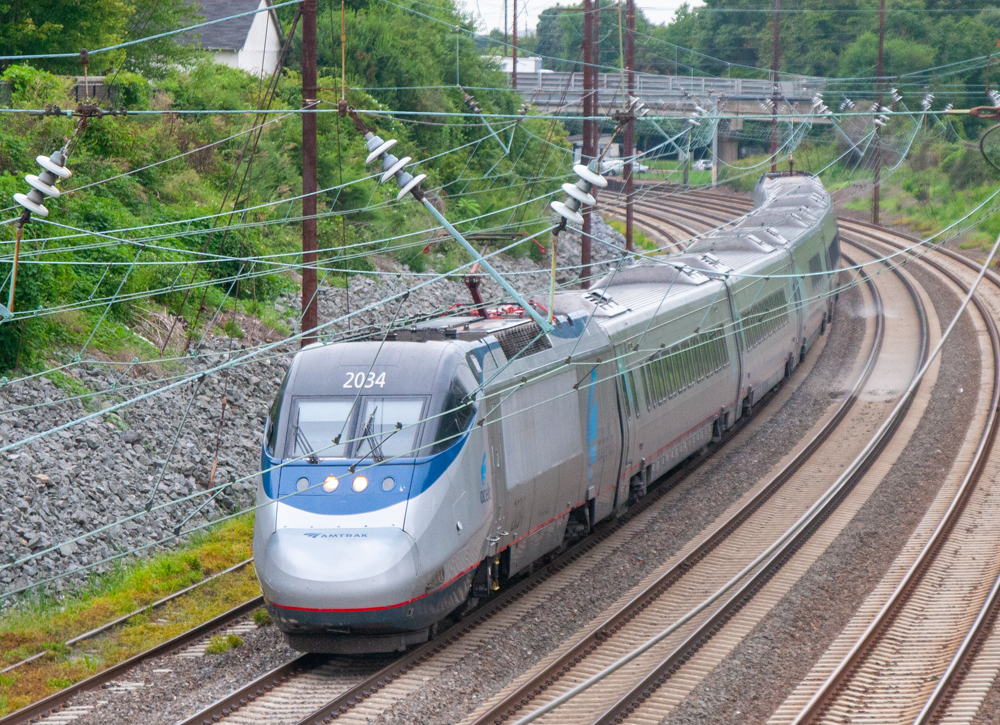
Miscalculation and mystery
Not covered by Amtrak Performance Tracking are Northeast Corridor track maintenance costs. Amtrak treats these as a capital expenditure rather than showing them as part of operating expenses. The Rail Passengers Association white paper uncovered the fact that in fiscal 2017, state-supported routes were charged $5.1 million and long-distance trains $5.6 million for track maintenance. Yet, because of this accounting treatment, Acela Express and Northeast Regionals chalk up less than $90,000 in such expenses. This, of course, aids the claim that those trains are profitable “above the rail.”
Other questionable allocations or indefensible errors noted in the Passenger Association report include:
- Miami station expense included a portion for snow removal.
- A total of $3 million in electric-traction maintenance costs were assigned to non-Northeast Corridor routes.
- Charges ranged from $400,000 to $900,000 for moving different long-distance trains from New York’s Penn Station to Sunnyside Yard in Queens.
- Yard and equipment charges for overnight servicing at Chicago ranged from $300,000 for the Texas Eagle to $1.8 million for the California Zephyr.
- All redcap labor and baggage handling costs are allocated to long-distance trains, according to trip length, even though wheelchair service and baggage handling are provided to all trains, especially at New York and Chicago.
- Connection revenue is not tracked, so if one train is discontinued, the company can’t determine the resulting negative monetary impact on other services.
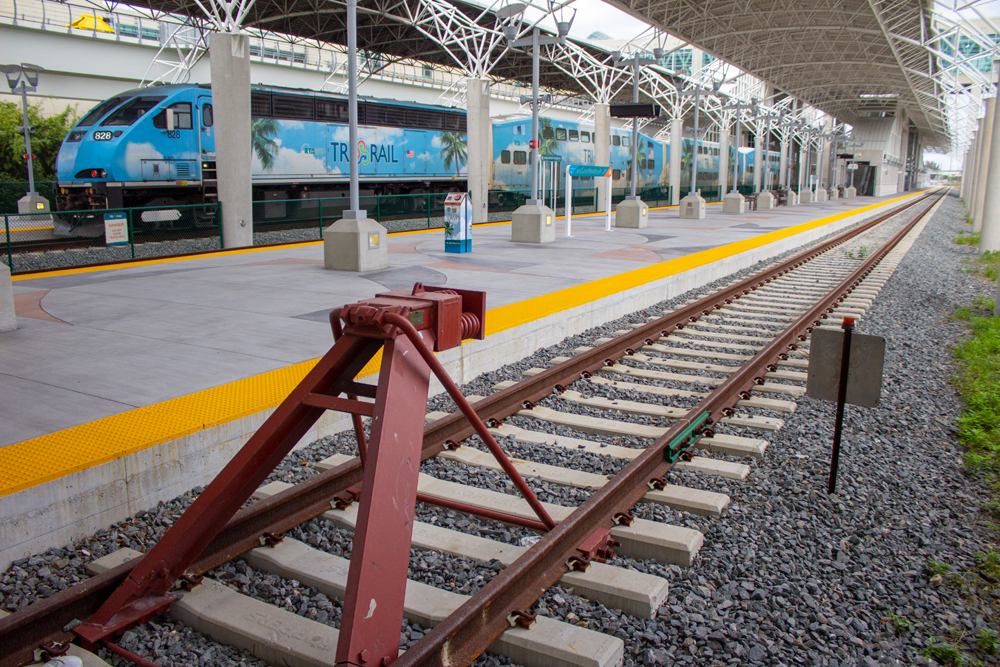
The Miami error was caught by the station manager there and revealed in the Government Accountability Office’s 2016 report, and state operating authorities continue to comb invoices for questionable allocations. But exactly what expenses comprise that hefty long-distance tab remain a mystery. In 2017, Amtrak sharply curtailed the amount of information publicly disclosed in its “Monthly Performance Report” (from 66 pages in August to 7 pages in September).
Trains asked Amtrak to itemize the costs allocated to the Southwest Chief — over and above running the train, paying the crew, and paying BNSF on-time performance incentives — that cause it to “lose” almost $55 million. In response, the company offered no numbers, only this statement:
“National assets are the nation’s core rail assets shared among Amtrak services, including systems for reservations, security, training, training centers, and other assets associated with Amtrak’s national transportation system. Corporate services are defined to include company-wide functions such as legal, finance, government affairs, human resources, information technology, among others. These resources play a vital role in ensuring that Amtrak can develop and consistently provide competitive products and services, as well as delivering investments that will sustain, improve, and grow our business.”
So whatever amount the company decides to spend, the Chief and other routes are “charged” a portion based on performance tracking formulas, not whether the resources were deployed to actually benefit the services.
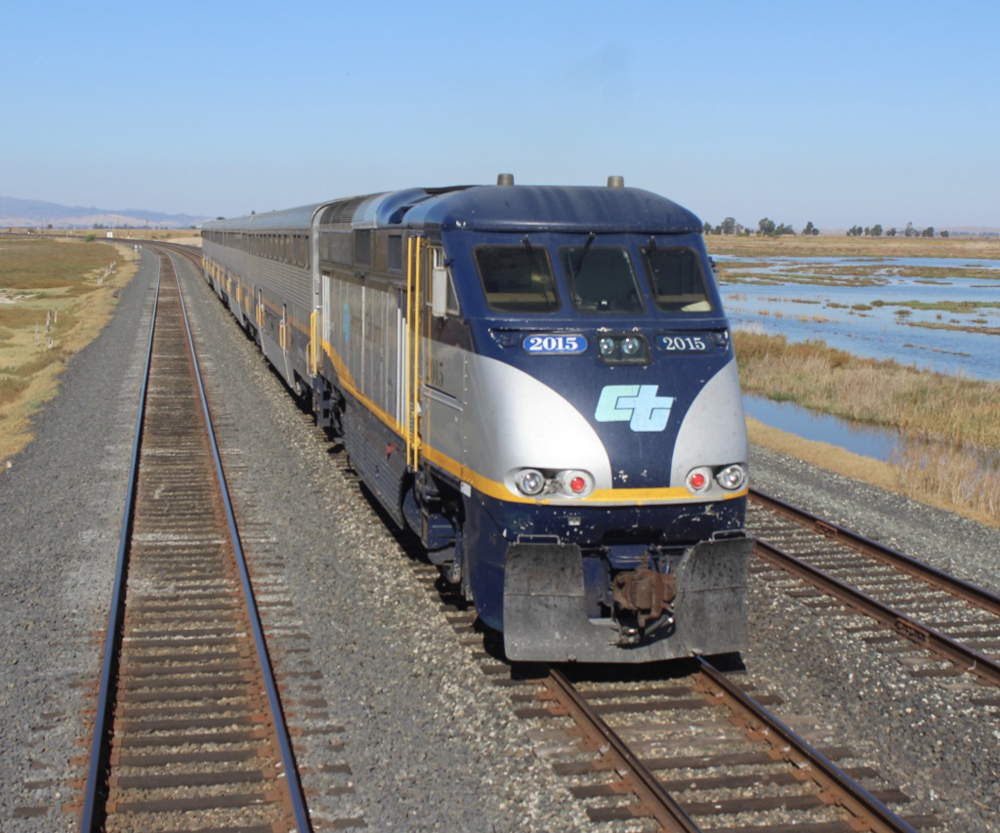
Incentivizing cuts
Controlling costs is important to every organization, and Amtrak has periodically reshuffled personnel and organization charts to make the company more efficient since its inception in 1971. But several years ago, the company began paying bonuses to managers who meet financial goals, largely based on trimming expenses.
“The new performance management process and Short-Term Incentive Plan reward employees based on their performance as it relates to our strategic plan,” former Executive Vice President and Chief Human Capital Officer Barry Melnkovic told the in-house Amtrak Ink publication in 2015. He also said, “If we aren’t driving alignment to our strategy, improving efficiency, reducing waste, fostering innovation, and tapping into our employees’ discretionary effort, then there is no need for the [Human Capital] function.”
An employee who requests anonymity tells Trains, “If you meet the goals that the board gives you, in management you get a bonus based on the percentage your department makes in achieving the goal.” The result, the person says, is that managers are working for their bonuses, “with marching orders to cut, cut, cut.”
Such bonuses may reach to the top of management. Former Amtrak CEO Moorman and current CEO Anderson both publicly stated, and Amtrak documents confirm, that they came out of retirement to work without a salary. In April, Trains filed a Freedom of Information Act request asking for details of their total compensation, including bonuses. Amtrak documents received in mid-October revealed only that both men were eligible to receive up to $500,000 in annual bonuses, based on goals specified in written memoranda they agreed to with the Amtrak board of directors. Trains asked to see the bonus criteria as part of its request, but Amtrak had not responded by press time.
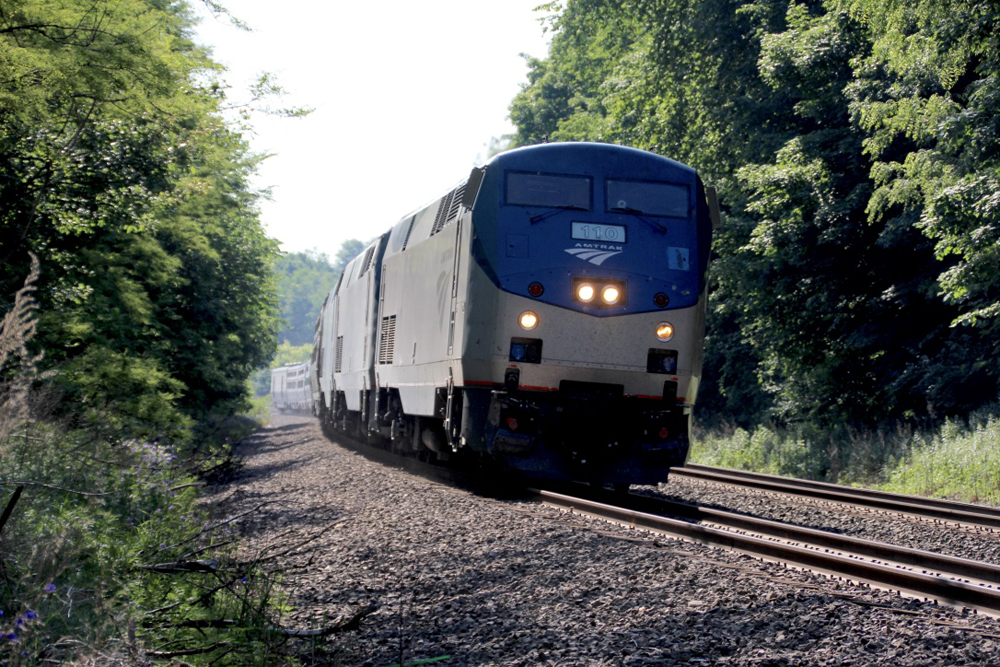
Corrupting the mission
The emphasis on belt tightening is a response to the Amtrak Performance Tracking methodology, which in turn governs how much states pay to tap Amtrak resources to run trains. But recent developments have prompted an intervention by lawmakers from Kansas, Colorado, and New Mexico, who drafted funding legislation requiring Amtrak to keep the Southwest Chief running. They became involved because “America’s Railroad” was created to sustain and grow surface-transportation mobility options nationwide.
Amtrak’s accounting system and management priorities mitigate against that. If the Chief is discontinued, the non-direct corporate overhead assigned to it will be redistributed to other services, increasing the costs for state-operated trains and forcing more expense on long-distance ledgers.
The performance-tracking system also plays into the continuing challenges previous Amtrak managements, boards, and Department of Transportation overseers have failed to address. The biggest is a long-overdue acquisition of new cars and locomotives. Performance Tracking’s inherent biases make the investment case hard to prove, with revenue and customer-usefulness benefits buried beneath massive overhead charges that would flow elsewhere as services are discontinued.
Misplaced priorities also affect growth of Amtrak’s existing business. Take Miami, where last May Brightline launched service from a new downtown complex. A centrally located station to be shared with commuter service Tri-Rail at Miami International Airport has languished without Amtrak trains since it opened in 2015. The Silver Star and Silver Meteor still call at a facility miles from the center city, bereft of convenient rental-car or public-transportation connections. It is, however, near Amtrak’s Hialeah maintenance facility. Moving to the new station would clearly produce a leap in customer convenience and revenue, but would introduce higher crew costs for a backup move from the existing yard. And, with more boardings, the station’s corporate-allocated share of system costs would rise.
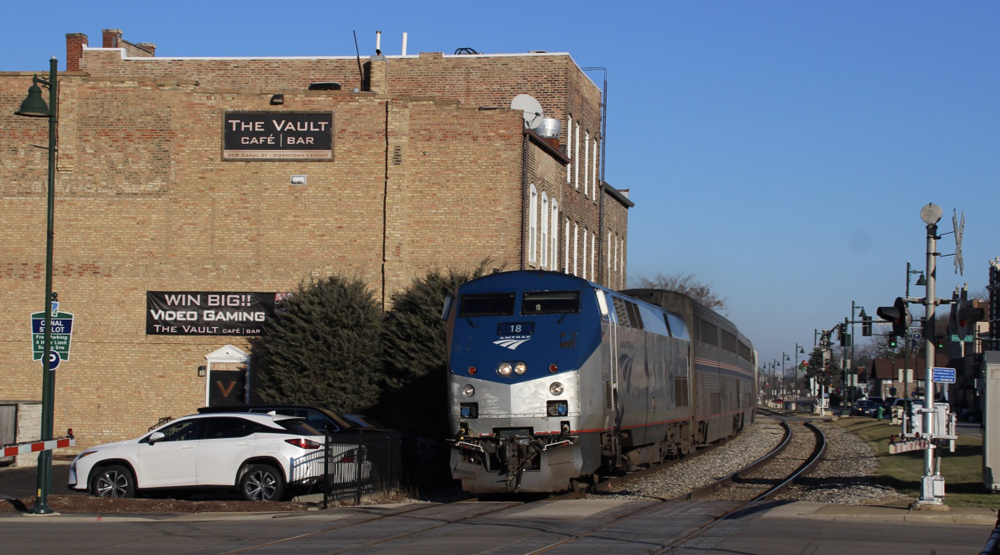
Under current directives, which provide no incentive for revenue gains (because the company’s regional marketing positions have been eliminated), what Amtrak manager would advocate for the venue change?
The bottom line: management’s no-growth priorities are a reality, but Amtrak Performance Tracking is the culprit facilitating them.




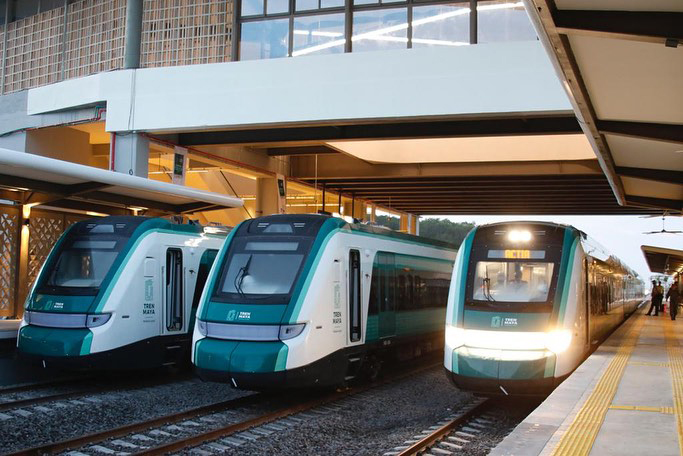
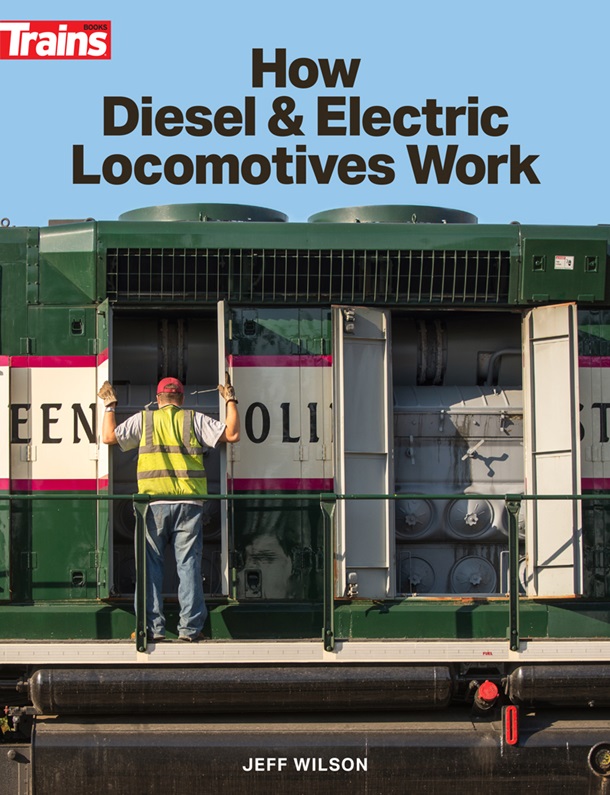
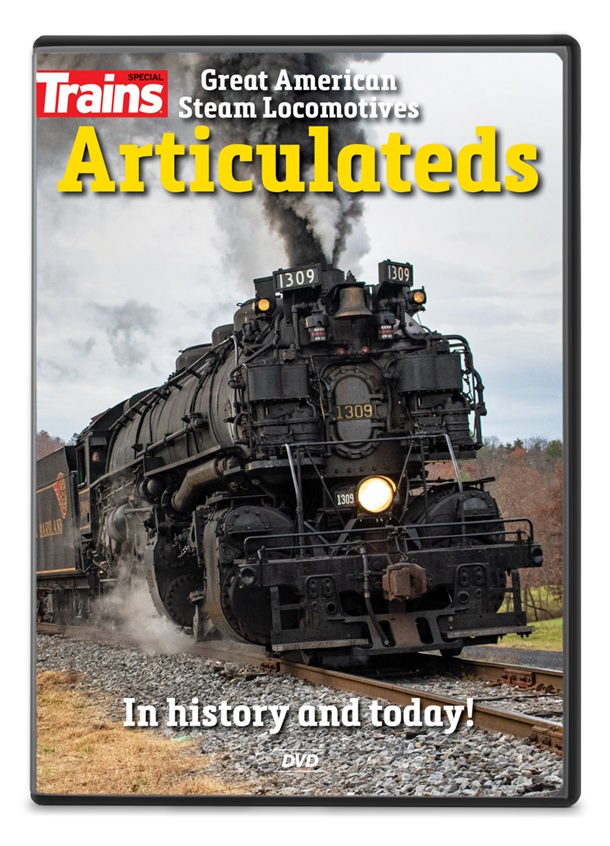
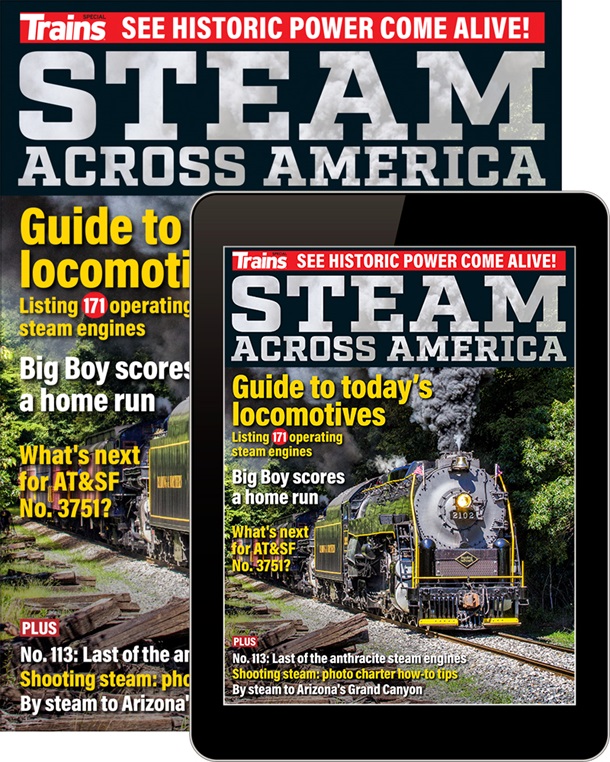
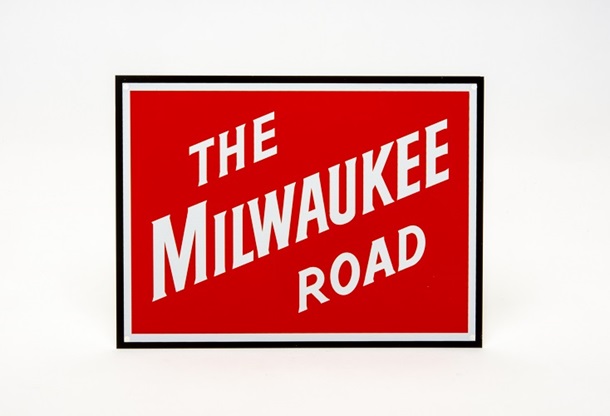
Snow removal equipment? In Miami? This is a joke, right?
5th Paragraph: “The quest to stem the sources of red ink has been blessed by Amtrak’s board of directors and orchestrated by CEO Richard Anderson”
Richard Anderson stepped down as CEO on April 15, 2020 — a year ago! — after fulfilling his three-year commitment to the company.
Paul Smith, who authored or published those white papers that you site? Is there really anyone who knows what’s going on? The relationship between the government and Amtrak is almost a pure definition of Fascism. Amtrak is not a government agency, but it isn’t a private corporation either. It is, by definition, a public/private partnership. It only functions as long as it’s government masters direct it and it must operate as they desire. How it accounts for revenue and expense is just a big game played on a giant game board. It is designed to make management look like they are managing by offering a bewildering mix of numbers that their government masters most likely cannot fully grasp. So, it’s a standoff between Congress and Amtrak and the railroad continues to limp along without any vision of what it could be if anybody really cared. Amazing that it has survived for 50 years.
Check out the documents. You could learn something about the practices implied by the titles. Obviously, if they are posted on Amtrak’s website, Amtrak owns the authorship.
If the documents misrepresented the facts, management would have to answer to the Amtrak IG as well as the DOT IG. They would also have to answer to the Volpe Transportation Center, which played a significant role in developing Amtrak’s cost accounting systems.
I have read the documents several times. I am a retired CPA. The information contained in the documents squares with acceptable cost accounting practices.
Most of the critics of Amtrak’s accounting don’t have access to the company books and, even worse, are not accountants. Most of them don’t even seem to understand fundamental accounting principles. Accordingly, they don’t have an basis to criticize Amtrak’s accounting policies, procedures, and practices.
Johnson is not an accountant. And it shows. Most importantly, however, he does not have access to Amtrak’s books. And without that access, he as well as everyone outside of the organization, with the exception of the auditors and regulators, is just guessing.
The Rail Passenger Association Report was performed by an MBA in marketing. He is not an accountant. He did not have access to Amtrak’s books. Moreover, he performed his study for an advocacy group with a dog in the hunt, which is not likely to produce an independent outcome. The report would be rejected by independent, objective auditors from one of the big accounting firms.
Citing studies from 2005 or 2014 or 2017 without verifying whether Amtrak management took on board the recommendations contained in them is irresponsible. For example, Amtrak claims that the percentage of costs allocations has decreased from 80 percent to less than 50 percent.
Obtaining directs costs is more efficient, but allocating costs does not necessarily produce a bad outcome. The key is consistency of the allocations, rumbustiousness of the methods, and strong follow-up audits.
Whether maintenance is an operating expense or a capital item depends on the nature of the expenditures. If the expenditure will extend the life of the asset, it is capitalized and depreciated over the expected life of the asset.
Amtrak’s accounting systems probably perform millions of transactions every week. Like every major accounting system, mistakes are made, like assigning snow shoveling expenses to Miami. The key is whether the mistakes materially affect the company’s financial statements and cost allocation outcomes.
Citing anonymous sources is disingenuous. Who is this person? Does he know how Amtrak’s inventive compensation processes work, or is he just guessing? Is he part of the process, or is he an accounts payable clerk just trading on rumors?
Anyone interested in learning how Amtrak calculates route performance, as well as the financial performance of long-distance trains, can find information in How Does Amtrak Calculate Route Financial Performance? and How Do Long Distance Trains Perform Financially? Both white papers can be found at Amtrak.com, About Amtrak, Amtrak Facts, Stakeholder FAQs.
A resounding “Amen” to Mr. Fahey’s post. All of it!
We should be very afraid of what is about to happen if Amtrak Joe spends all this money he has appropriated to improve Amtrak. Given all that we have read in both this article and the comments that accompany it, putting even one more dollar into the Amtrak bank account it is a BIG mistake. More money, so much more money, right down the drain of the biggest legal scam ever devised. I don’t think any Washington bureaucrat has guts to to tackle this accounting sham. In truth, I don’t think anyone even wants to. Everyone is very happy with all the talk about improving rail operation and service, but in reality, no one wants to do the work to fix any of it. The American people seem to be content to just listen to the conversation, blindly accept the consequences of inaction, and then wonder why somebody didn’t do something about the situation before it was too late. “Accountability” is a something that no longer exists.
but how can we get amtrak to go back to full dinning on the lakeshore limited , the silver star and the capital limited and what be done to get amtrak to revoked excursions and carriage of private cars ?
An example of the insanity a year ago was the train in Connecticut that frequently sold out its two cars (my memory). Amtrak didn’t want to add a third car because it would lose money because of the allocated costs. Imagine a real business that was frequently selling out but wouldn’t add capacity because extra sales would cost it money. Those familiar with Amtrak’s past reluctance and dithering to run special trips would know that many Amtrak employees don’t want to be bothered with extra work. Setting up a real accounting system would require a lot of work that many would rather not do.
It’s been a well known fact for many years that Amtrak’s “funny money” accounting system would not stand up to GAAP rules. They allocate costs in such a way as to make their decisions look “good”. If I had run my business that way, I’d be in jail. The entire board and most of top management should be throw out, they are all incompetent.
Railroad “management” plus government incompetence.
It’s a miracle that ANY trains run.
Mr. Sanchez, is Stephen Gardner the only person in the whole wide U.S. capable of being Amtrak’s President? Is the current BoD and its Chair Anthony Coscia the only people capable of sitting on that body? No they are not. There are plenty of others motivated by what Mr. Shigley above describes. The problem is, and the reason Gardner has gotten away with this for so long, Amtrak is so small, after 50 years no less!!!, that it “flies below the radar”. That needs to change NOW. If Mayor Pete ignores this report, fails to take action, then any pro-passenger rail statements he makes from here on out are hollow. Frankly, I don’t think he has the will and courage to break down Amtrak’s “wall of silence” and obfuscation.
MARK – Good post. I actually respect Mayor Pete. Mayor Pete’s problem is who he works for. It took him two months in office to start blabbering what President Kamala Harris told him to blabber.
“Amtrak” Joey and Mayor Pete need to read this. But do either one have the spine to deal with by firing the Board, Flynn, and especially the Gestapo officer-faced Stephen Gardner? Or is all their pro-Amtrak talk just that? I have the overwhelming feeling that Gardner is the source/author of all of this. There must be something he can be charged with. Gardner should be doing 10 years in the slammer for violating the public trust.
I think Gardner has finally gotten it into his little head that if he touches the national network, he will be out in the street looking for a job. The other big men seem to have at least a basic grasp on the value of the LD network, and the new STB redos Amtrak’s accounting to make it less murky.
our country needs long distance amtrak trains without them people will never be able to sleep, eat, and see the country by rail
So are these new corridors Amtrak is touting the new food source for the NEC beast? These proposed corridors would be the responsibility of the states to fund & I don’t think many will take the bait, so when Amtrak mgmt finally eliminates the LD routes the secret will be out about what a “dog” the NEC is & hopefully that will be the end of Amtrak.
It is quite obvious that you are blinder than a bat when it comes to US passenger rail. If we end Amtrak, we end all trains. Furthermore, Amtrak’s new boses have adopted an active growth strategy, and congress is cristal clear that they want the LD trains to continue, and the message has gotten through.
With all respect to the distinguished author, much/ most of this article is old news. Bob has written about all this before, many times. The question now is, What do we do about it? That’s the question. Now for the answer from the folks in DeeCee: Fix Amtrak’s problems with more money.
Yes, this is old information, but little or nothing has been done to fix the problem, so it is still fresh information. In business 101, one learns that no business can cut it’s way to profitability. Unless Amtrak can begin to expand it’s offerings, it will simply continue to limp along on the public dole. The real miracle is that the railroad has survived into it’s 50th year.
This is absolutely insane. One way to reduce costs is to eliminate all customer costs: advertising, salesmen, support, service,… Since Amtrak has no incentives to increase sales that is what will happen. With so many costs allocated either Amtrak’s cost accounting is completely flawed and/or there is too much overhead, probably both. Allocating so many costs also means that local management no longer has much responsibility to manage them since they are not their problem. Most accountants and managers learn the problems associated with managing using allocated costs; Amtrak (and Volpe) has evidently learned nothing. With many Democrats wanting socialized medicine for the U.S. imagine what health care for us would be like with Amtrak accounting.
Dismiss the Board, fire the accountants and senior management, and hire people with a sense of mission and service. This article should cause disgrace to suffocate those in charge of AMTRAK.